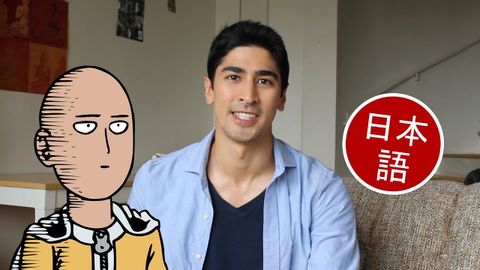What Makes Japanese So Difficult? - BigBong
神谷菜々子 發佈於 2020 年 04 月 21 日  沒有此條件下的單字
沒有此條件下的單字US /prəˌnʌnsiˈeʃən/
・
UK /prəˌnʌnsiˈeɪʃn/
- n. (c./u.)發音;正確發音;發音方式;發音指南
US /ˈɑbviəs/
・
UK /ˈɒbviəs/
- adj.明顯的;顯而易見的 ;顯而易見的;明目張膽的
US /ˈkɑnˌtɛkst/
・
UK /ˈkɒntekst/
- n. (c./u.)上下文 ; 背景 ; 來龍去脈;背景;環境;語境
US /ˈkɑnˌtɛnt/
・
UK /'kɒntent/
- adj.滿足的;滿意的
- n. (c./u.)內容;主題;內容;滿意;內容 (數位);含量
- v.t.使…滿足
- v.i.同意
